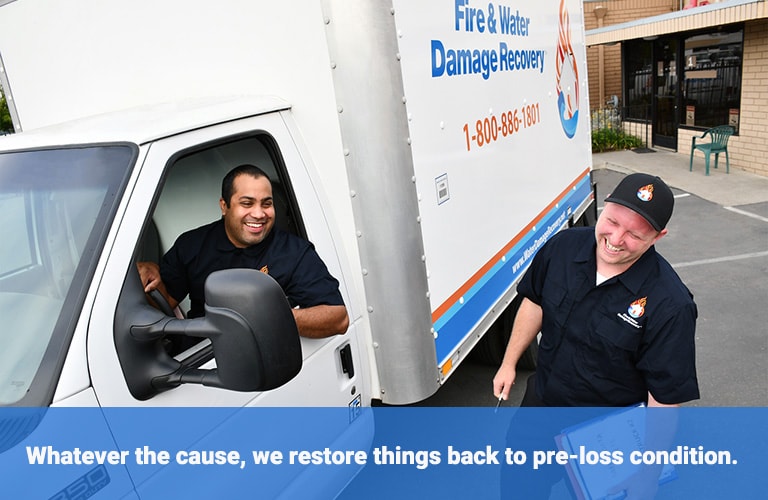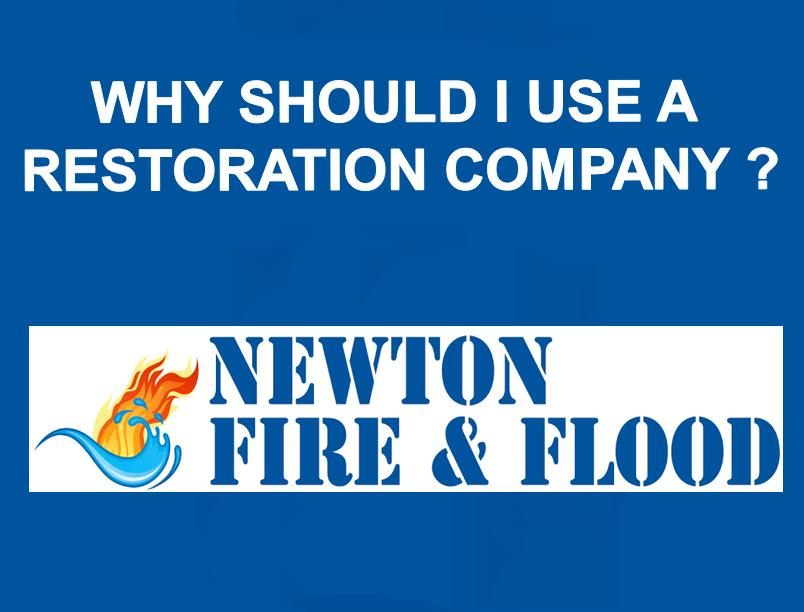The Basic Principles Of Dry Star Restoration
3 Easy Facts About Dry Star Restoration Shown
Table of ContentsThe smart Trick of Dry Star Restoration That Nobody is Talking AboutFascination About Dry Star RestorationNot known Incorrect Statements About Dry Star Restoration Dry Star Restoration for BeginnersA Biased View of Dry Star Restoration
Specifically in wintertime, home heating systems are an usual fire hazard. Malfunctioning electrical wiring or positioning heaters too close to flammable products like curtains can spark a fire.
Products like motor oil or cleaning fluids can ignite under certain problems. Constantly store these things properly and away from warmth sources. water remediation services. Statistics: According to the National Fire Security Association, house chemicals are liable for a noteworthy percentage of home fires each year. By knowing these usual causes, you can take actions to make your home more secure.
Getting My Dry Star Restoration To Work

Trick concerns consist of: Water Invasion: Water can seep right into walls, floors, and furnishings. This can compromise the structural honesty of your home. Mold Growth: If water is moist promptly, mold can start to grow within 24-48 hours. Mold and mildew can create health and wellness issues and further damages to your building. Architectural Weakening: Water can damage wood frameworks and create steel parts to rust, making your home dangerous.
It's crucial to address all these facets to totally restore your home. Next off, we will certainly study the steps included in the fire damages restoration process. Fire remediation is the process of cleaning, fixing, and bring back a residential property that has actually been damaged by fire. The objective is to return the building to its pre-loss problem, indicating it looks and functions as it did prior to the fire.
How Dry Star Restoration can Save You Time, Stress, and Money.
Debris Removal and Demolition: Damaged products are safely removed, and any type of harmful compounds like asbestos are taken care of properly. Fire damage includes numerous kinds of damage to a residential or commercial property: Physical Damages: This consists of charring, blackening, and disintegration of products directly impacted by the fire.
Water Damage: Water utilized to snuff out the fire can bring about structural weakening and mold and mildew development if not effectively taken care of. Fire restoration professionals utilize specialized techniques and equipment to attend to all these sorts of damages, making certain the home is safe and comfortable once more. Next, we will dive right into the steps entailed in the fire damage remediation process.
From cutting edge water extraction tools to specialized devices for smoke and residue elimination, we have actually the sources needed to restore your home to its pre-loss problem. Our techniques are designed to be complete and effective, minimizing additional damages and accelerating the recuperation procedure. Our team consists of licensed specialists that are professionals in fire damage repair.
Some Known Incorrect Statements About Dry Star Restoration
Their expertise ensures that every task is done right, offering from this source you with assurance during a hard time. If you need fire damages remediation services, do not hesitate to call us. We're here to help you restore your home and your life after the fire. Last edited on 15th of July 2024.
(https://www.openlearning.com/u/ashleykahle-sooi88/)If there's a fire, smoke makes sure to comply with. While the fire's smoke is composed of components that make your home unsafe to be in, the damages smoke leaves behind does not quit there. Smoke will drift to seemingly every component of your home, adhering to furnishings, decor, curtains, wall surfaces, ceilings, floorings, and more.
The water will certainly soak right into the charred materials and infected various other areas of the home untouched by the fire. If left untreated or missed during fire damage remediation, the water damage will only intensify with time and can result in mold and mildew development, safety and security problems for your home's structure, and unattractive appearances around your space, including warped floor covering, peeling off paint, and noticeable spots.
Unknown Facts About Dry Star Restoration
Water mitigation is typically the initial step of the fire, smoke, and water damage remediation process after a damage analysis has actually been completed. This deals with the water damage head-on and consists of actions to prevent additional troubles for your area prior to, throughout, and after restoration. Examination and damage control to examine the level of water damageIsolation of water damages to affected locations to prohibit water from spreading out to completely dry areasInspection of your home's foundation for architectural stabilityExtraction of any standing water from the propertyStructural drying with commercial-grade equipmentSite clean-up that will eliminate debris, pack out salvageable web content for restoration, and give way for repair servicesWe'll also finish added damage mitigation by boarding up busted doors and windows, applying tarpaulins to openings in roofing systems, and completing various other actions to avoid added damages and dangers to your home while the fixings are taking place.
The majority of terms and descriptions utilized by water and fire damages reconstruction specialists are rather obvious. Nonetheless, the list of terms below ought to be of aid when you're communicating with the company you've employed. Any kind of action taken to avoid the development and spreading of fungus, mold, mildew, and spores. This can include making use of solvents or chemicals as additives or obstacles on structure materials to stop fungi development.